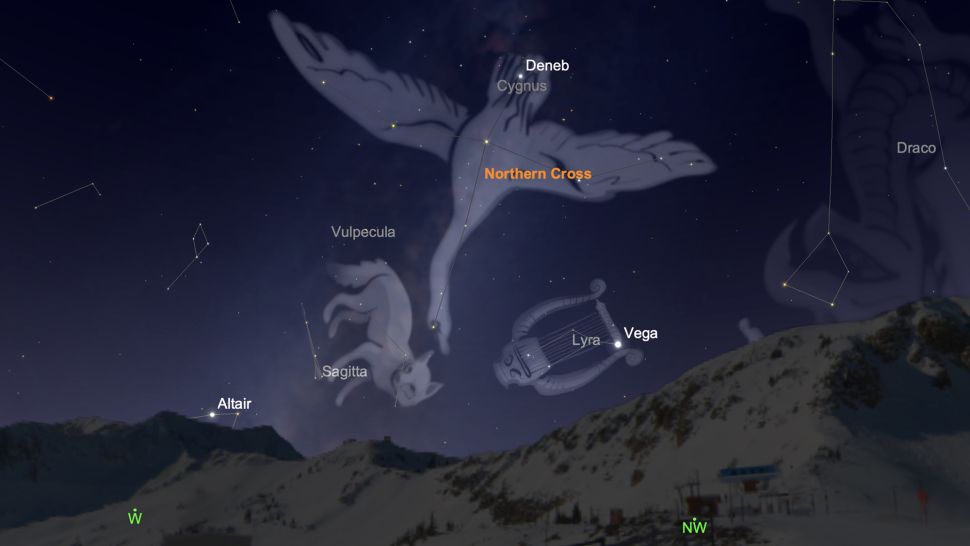Symbolism: Cygnus The Swan
Mythology: In one of several Greek myths, the god Zeus disguises himself as a swan, then seduces Leda, the Spartan king Tyndareus’s wife. She gave birth to two sets of twins, the immortal Pollux and Helen, who were fathered by Zeus and the mortal Castor and Clytemnestra, who were fathered by Tyndareus. Castor and Pollux are represented by the zodiac constellation Gemini.
In Hinduism, the period of time (or Muhurta) between 4:24 AM to 5:12 AM is called the Brahmamuhurtha, which means “the moment of the Universe”; the star system in correlation is the Cygnus constellation. This is believed to be a highly auspicious time to meditate, do any task, or start the day.
In a Chinese myth, the Goddess of Heaven discovers that Niu Lang and Zhi Nu are lovers. Zhi Nu is a fairy, and is therefore not allowed to be with a mortal man. The Goddess creates a river (the Milky Way) in the sky to keep the lovers separated. Once a year on Chinese Valentines Day, all the magpies in the world assemble to help the lovers be together by forming an enormous bridge over the wide river. The constellation Cygnus represents the magpie bridge in this story.
When is it visible? Cygnus the swan is a distinctive cross-shaped constellation best seen during the summer and fall months around September.
How to find it? The constellation is very easy to identify because is it dominated by a large cross-shaped asterism known as the Northern Cross. The bright star Deneb marks the tail of the celestial swan and the top of the Northern Cross. The star is also one of the vertices of the Summer Triangle.
Cygnus is surrounded by Cepheus to the north and east, Draco to the north and west, Lyra to the west, Vulpecula to the south, Pegasus to the southeast and Lacerta to the east.
History: Cygnus was first catalogued the by Greek astronomer Ptolemy in the 2nd century.
According to ancient Chinese astronomy and astrology, the modern constellation Cygnus is located within the northern quadrant of the sky, which is symbolized as the Black Tortoise of the North (北方玄武, Běi Fāng Xuán Wǔ).
Amateur astronomers have made some notable Cygnus discoveries. The “Soap bubble nebula” was discovered on a digital image by Dave Jurasevich in 2007. In 2011, Austrian amateur Matthias Kronberger discovered a planetary nebula (Kronberger 61, now nicknamed “The Soccer Ball”) on old survey photos, confirmed recently in images by the Gemini Observatory. Only six of the stars in Cygnus have been named by the International Astronomical Union, which leaves the rest of the stars available for you to name at Name a Star!

